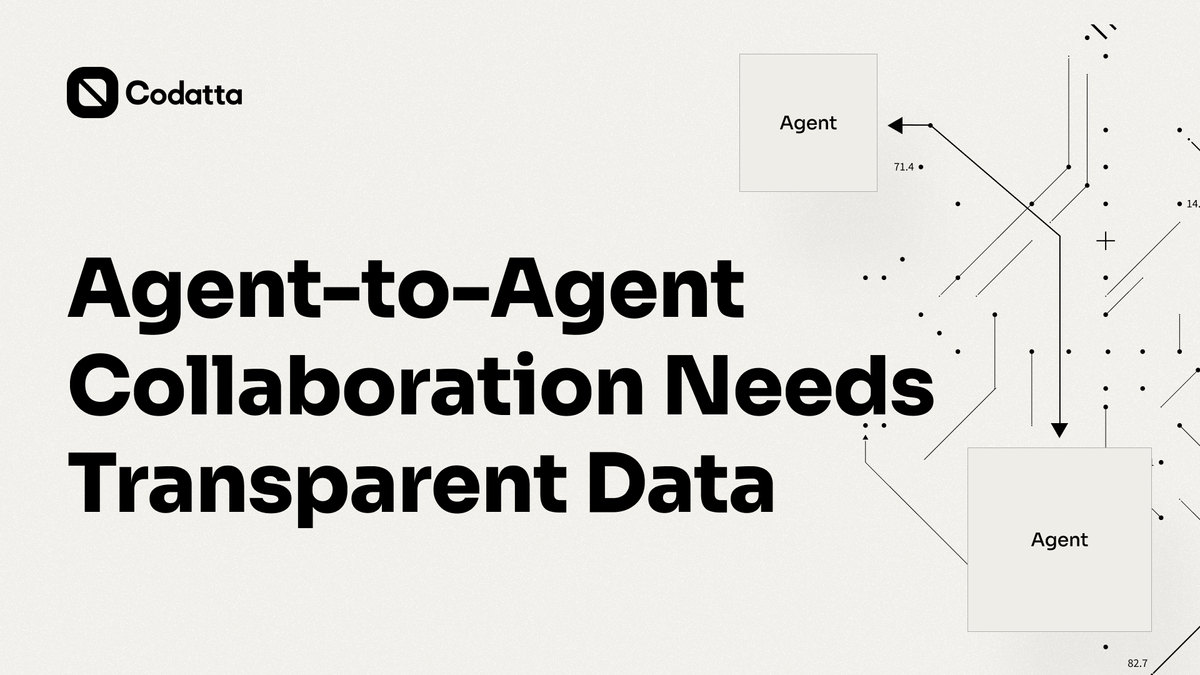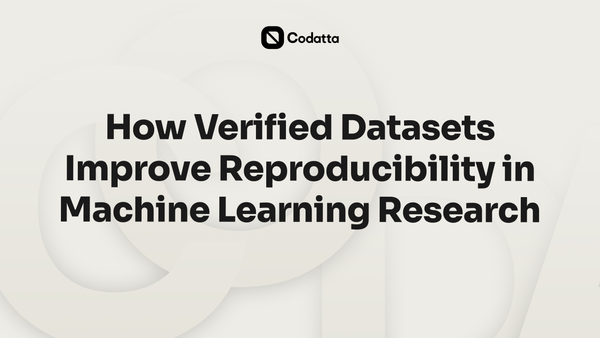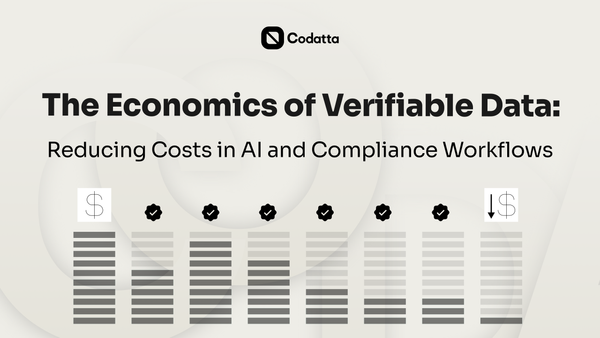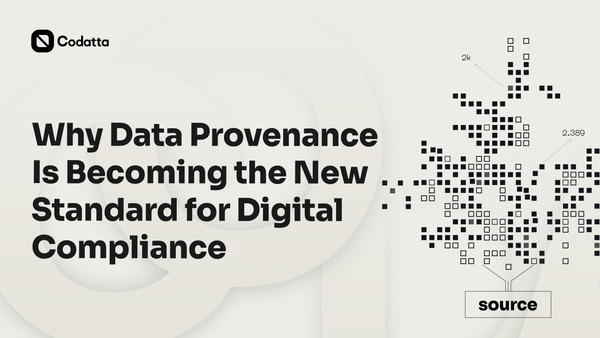Agent-to-Agent Collaboration Needs Transparent Data

In 2025, AI agents are moving from theory to practice. From trading bots that automate financial workflows to digital health assistants that monitor patients in real time, multi-agent systems are becoming part of everyday use. Projects around agentic AI and new standards like the Model Context Protocol (MCP) show how autonomous agents can integrate, query each other, and orchestrate complex tasks across different ecosystems.
But for agent-to-agent collaboration to scale, these systems need more than orchestration. They must share transparent, verifiable data. Without data integrity, agent interactions risk breaking down, limiting real-world adoption in areas that depend on accuracy and trust.
Read on to see why transparent data is the missing link for building reliable, scalable A2A collaboration in 2025.
Why Transparency Matters in Agent Collaboration
When agents communicate without transparent, verifiable data, mistakes spread quickly. A misclassified transaction in finance, a mislabeled medical record in healthcare, or a duplicated shipment entry in logistics can cascade through agent ecosystems, weakening outcomes that depend on accuracy.
Transparent data allows agents to collaborate effectively, share context through tools like an agent card, and maintain interoperability across different protocols. It also helps standardize how information is exchanged, reducing bias and making it easier to simplify workflows.
For industries where automation carries real consequences, transparent records ensure that agent interactions can be trusted. This principle is already echoed in AI governance debates in the EU AI Act and OECD reports, which highlight traceability and accountability as requirements for safe adoption.
In short, transparency is what allows multi-agent systems to scale responsibly. Without it, collaboration breaks down, and the promise of real-world orchestration remains limited.
The Role of Provenance and Traceability
For agent-to-agent communication to work, data needs speed and provenance. Provenance records show where data came from, how it was processed, and whether it can be trusted for real-time data exchange. Without this foundation, collaboration between agents risks spreading errors across entire workflows.
In multi-agent collaboration, an A2A protocol or open protocol must handle structured data with clear lineage. This ensures that AI agents to communicate without confusion when passing client agent requests or complex datasets. Provenance also makes it possible for an AI model to explain outputs, since every step of data exchange can be traced.
Confidence scoring strengthens data integrity by giving each specialist agent and remote agent a measure of reliability when sharing information. In practice, this supports seamless collaboration across different AI agents and standardizes communication between AI agents in the same AI agent ecosystem.
Regulatory frameworks like the EU AI Act and the OECD AI Principles highlight provenance and transparency as requirements for trustworthy AI. By applying these expectations to agentic systems, organizations can build an agent framework where agent interoperability, secure agent communication, and consistent data management are guaranteed.
For sensitive use cases, from customer data to healthcare, provenance ensures that agent workflows remain explainable, traceable, and compliant, creating a standard for agent-to-agent interoperability that can scale.
Web3 and Decentralized Data Infrastructure
Web3 technologies make it possible to keep records immutable, share access across networks, and hold contributors accountable. For agent systems, this reduces the risk of data silos and ensures that AI agents collaborate on verifiable records instead of fragmented information.
In practice, this means that every data type or data source used in multi-party workflows can be traced and validated. A transparent record allows an agent as a tool to pass information without loss of context, even when several agents are needed in the same workflow.
Reports from the World Economic Forum (2023) and recent HIPAA-compliant healthcare case studies highlight how immutable ledgers and shared access strengthen accountability in sensitive data systems. These principles extend to agents needing structured, trustworthy inputs, where verifiable data is essential for collaboration at scale.
Codatta’s Contribution
Codatta provides metadata annotation and confidence scoring to keep data flows transparent and reliable. With on-chain validation, the protocol helps ensure data integrity across multiple agents, supporting seamless agent collaboration in complex workflows.
In practice, this means AI agents and agentic workflows can operate on structured, verifiable inputs instead of fragmented or duplicated records. The model is already relevant to areas like blockchain risk analysis, fraud detection, decentralized identity, and supply chain tracking, where clear data lineage is essential.
Similar to how Google Cloud emphasizes the importance of trusted data infrastructure for enterprise systems, Codatta applies these principles in decentralized environments, giving contributors recognition while maintaining accountability in shared datasets.
Looking Ahead: Agent-to-Agent Collaboration Needs Transparent Data
Agent-to-agent collaboration is moving fast in 2025. From finance to healthcare to logistics, multi-agent systems are expected to handle complex tasks and interact across different workflows. For this to work at scale, agents need transparent data that is traceable, verifiable, and consistent. Without that, interoperability breaks down, errors multiply, and collaborative ecosystems lose reliability.
Transparent and provenance-tracked data helps agents communicate with confidence. It supports accountability in agent workflows, improves real-time data exchange, and ensures that outputs can be trusted across industries. This is essential for agent ecosystems that aim to standardize interactions and orchestrate complex processes.
Codatta shows how community-driven platforms can strengthen this shift. With metadata annotation, confidence scoring, and on-chain validation, it gives agents access to structured and verifiable data sources. This enables seamless agent collaboration while keeping data integrity intact.
The conclusion is straightforward. Agent-to-agent systems cannot scale safely or effectively without transparent data. To make multi-agent collaboration practical, ecosystems must rely on robust provenance records, consistent metadata, and open protocols that ensure reliability at every step.




